Buy this landscape artwork Enchanting windmill in the province of North Holland by Silva Wischeropp on canvas, ArtFrame, poster and wallpaper, printed on demand in high quality.
About "Enchanting windmill in the province of North Holland"
by Silva Wischeropp
About the artwork
Windmills are a national symbol of Holland. For centuries they have played a major role in draining the land and have been used for sawing, grinding, pressing and pumping since the Middle Ages.
Windmills took on various functions in Holland for centuries. Bock windmills were used in the 14th century to drive scoop wheels. The use of wind power made it possible to drain marshes and bogs. An impressive example of this type of windmill can be found in the city of Delft in South Holland. The Molen de Roos windmill was originally a wooden building that was replaced by a stone structure in the 18th century. The windmill has been fully restored and can be visited. Other mills were used for grinding flour or as sawmills. Due to the flat surface structure in Holland, wind power could be used optimally. More than 1,000 historic windmills still stand in all parts of the country. The majority have been restored and converted into museums; only a few windmills are still used to drain marshes.
The National Windmill Day in Holland is dedicated to historic windmills. It always takes place on the second Saturday in May. 950 windmills throughout the country open their doors to the public and guided tours of the historic buildings take place. The tours are complemented by a colourful programme for children. The functioning of the windmills and their importance for land reclamation in Holland are vividly explained to the little ones. If you are spending your holiday home holiday in Holland at this time, we recommend a bicycle tour that takes you through the polder landscapes and villages from windmill to windmill.

About Silva Wischeropp
"For me, photography feels like really capturing the moment - like a kind of alchemy where time is physically captured."
Silva Wischeropp was born in the Hanseatic city of Wismar in the former GDR. Today she lives and works in Berlin. As a passionate travel..
Read more…
 Germany
Germany Ordered in June 2025
Ordered in June 2025
 Germany
Germany Ordered in April 2020
Ordered in April 2020
 Netherlands
Netherlands Ordered in November 2019
Ordered in November 2019
 Netherlands
Netherlands Ordered in August 2020
Ordered in August 2020
 Netherlands
Netherlands Ordered in March 2022
Ordered in March 2022
 Germany
Germany Ordered in January 2021
Ordered in January 2021
 Germany
Germany Ordered in April 2022
Ordered in April 2022
 Germany
Germany Ordered in February 2020
Ordered in February 2020
 Netherlands
Netherlands Ordered in June 2021
Ordered in June 2021
 Germany
Germany Ordered in September 2019
Ordered in September 2019
 Netherlands
Netherlands Ordered in May 2020
Ordered in May 2020
 Netherlands
Netherlands Ordered in October 2024
Ordered in October 2024
About the material
Canvas
A classic and timeless material
- Fine-art print quality
- Frame made of sustainable wood
- Durability of minimum 10 years
- Available with floater frame
Discover the artworks of Silva Wischeropp
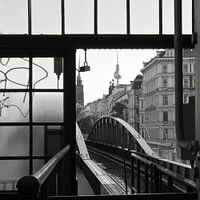 Underground station of the U2 line - special train to PankowSilva Wischeropp
Underground station of the U2 line - special train to PankowSilva Wischeropp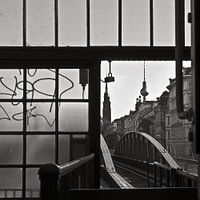 Berlin underground station Eberswalder Strasse of line U2Silva Wischeropp
Berlin underground station Eberswalder Strasse of line U2Silva Wischeropp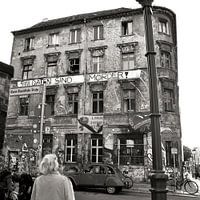 Old, squatted house in the Scheunenviertel district of Berlin-MitteSilva Wischeropp
Old, squatted house in the Scheunenviertel district of Berlin-MitteSilva Wischeropp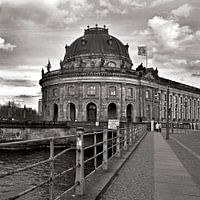 Bode Museum on Museum Island in BerlinSilva Wischeropp
Bode Museum on Museum Island in BerlinSilva Wischeropp The Trevi Fountain - Fontana di TREVI in RomeSilva Wischeropp
The Trevi Fountain - Fontana di TREVI in RomeSilva Wischeropp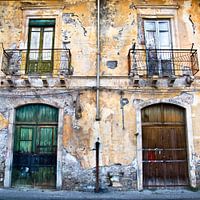 Mysterious, Sicilian facadeSilva Wischeropp
Mysterious, Sicilian facadeSilva Wischeropp Banana leaves in the warm autumn lightSilva Wischeropp
Banana leaves in the warm autumn lightSilva Wischeropp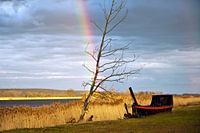 Magical rainbow at the OderbruchSilva Wischeropp
Magical rainbow at the OderbruchSilva Wischeropp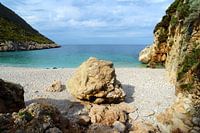 Magic Sicilian Sea SoundSilva Wischeropp
Magic Sicilian Sea SoundSilva Wischeropp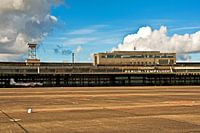 Former Berlin-Tempelhof AirportSilva Wischeropp
Former Berlin-Tempelhof AirportSilva Wischeropp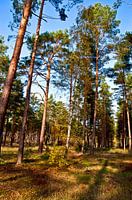 Pines in the autumnal October lightSilva Wischeropp
Pines in the autumnal October lightSilva Wischeropp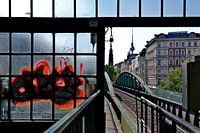 Popular underground station on the U2 line on Eberswalde StrasseSilva Wischeropp
Popular underground station on the U2 line on Eberswalde StrasseSilva Wischeropp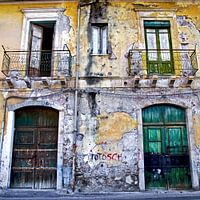 Once upon a time in Taormina on the island of SicilySilva Wischeropp
Once upon a time in Taormina on the island of SicilySilva Wischeropp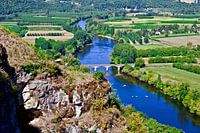 Fantastic view of the Dordogne valley from the Bastide DommeSilva Wischeropp
Fantastic view of the Dordogne valley from the Bastide DommeSilva Wischeropp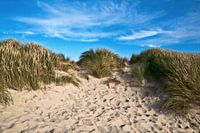 Imaginative sand dunes at Henne Strand in JutlandSilva Wischeropp
Imaginative sand dunes at Henne Strand in JutlandSilva Wischeropp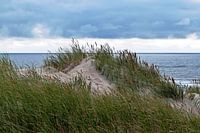 Wonderful sand dune at Henne Strand in JutlandSilva Wischeropp
Wonderful sand dune at Henne Strand in JutlandSilva Wischeropp Women bathing on the beach at Nha Trang in VietnamSilva Wischeropp
Women bathing on the beach at Nha Trang in VietnamSilva Wischeropp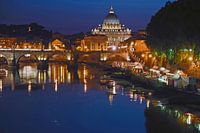 Night panorama with the Bridge of Angels and St Peter's Basilica in RomeSilva Wischeropp
Night panorama with the Bridge of Angels and St Peter's Basilica in RomeSilva Wischeropp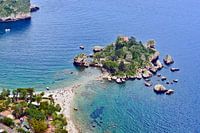 Paradise Isola Bella on the east coast of SicilySilva Wischeropp
Paradise Isola Bella on the east coast of SicilySilva Wischeropp Turquoise blue tracks on the dune on the Baltic Sea beachSilva Wischeropp
Turquoise blue tracks on the dune on the Baltic Sea beachSilva Wischeropp
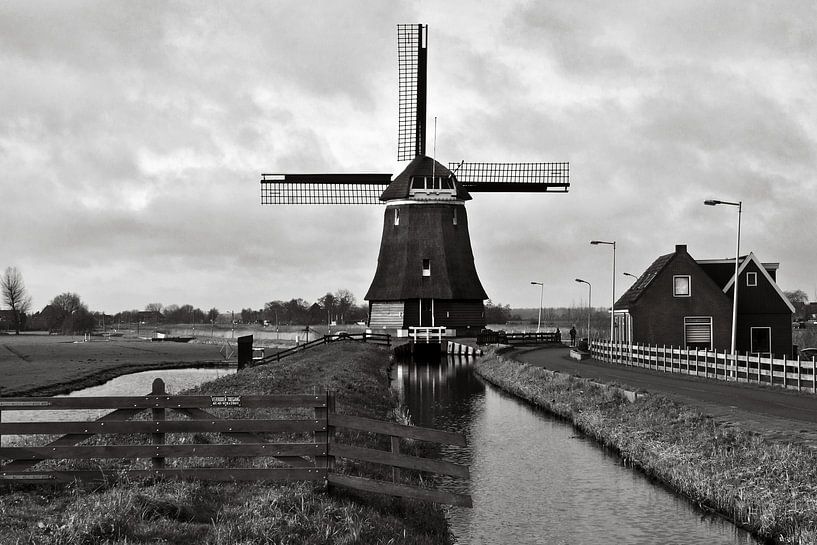












 Abandoned places
Abandoned places Landscapes
Landscapes Mills
Mills Nature and weather
Nature and weather Nostalgic Memories
Nostalgic Memories Photo wallpaper
Photo wallpaper Photography
Photography Polder landscape
Polder landscape Serene Peace
Serene Peace The Netherlands
The Netherlands









